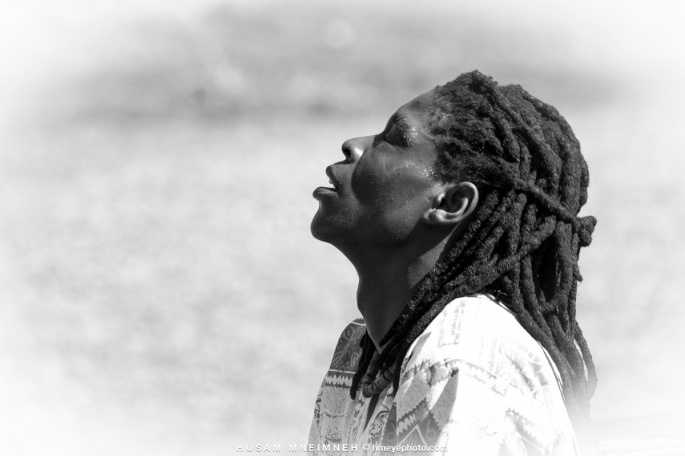
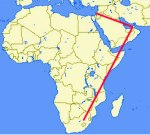
Date : 10-14 July 2016
Place: Pilanesberg Game Reserve, South Africa
Event: Fujifilm X-T2 Launch
My Setup for South Africa
I was going to try a preproduction X-T2 in South Africa, so here is how I packed:
- Fujifilm X-Pro 2
- Fujifilm X-70*
- Fujinon XF10-24/4 R OIS*
- Fujinon XF16-55/2.8 R LM WR
- Fujinon XF50-140/2.8 R LM OIS WR
- Fujinon XF100-400/4.5-5.6 R LM OIS WR
- Fujinon XF23/1.4 R
- Fujinon XF56/1.2 R
- Fujinon XF 1.4x TC WR teleconverter
- 6 Fujifilm NP-W126 Li-Ion extra batteries
All in Think Tank Navigator Rolling bag
I also packed my Peak Design Everyday Messenger Bag 15″ in my large luggage bag to use it on site.
* borrowed Items, not mine
Upon arrival to South Africa, I was given a preproduction X-T2 and a VPB-XT2 Vertical Power Booster Grip to use over the whole trip.

X-T2 Key Features
- 24MP X-Trans CMOS III sensor
- 325 AF points (169 of which offer phase detection)
- AF point selection joystick
- 2.36M-dot OLED EVF with 0.005 sec refresh time (60 fps or 100 fps in boost mode)
- 3″ 1.04M-dot articulating LCD
- 4K UHD video at up to 30 fps for up to 10 min (30 min with booster grip)
- F-Log flat profile and 4K out over HDMI
- 8 fps continuous shooting with AF (11 fps with booster grip)
- 5 fps continuous shooting with live view updates between capture
- Dual SD card slots (UHS-II compatible)
- USB 3.0 socket
What’s in the Box
- Fujifilm X-T2 Mirrorless Digital Camera
- NP-W126S Li-Ion Battery Pack
- BC-W126 Battery Charger
- EF-X8 Flash
- Body Cap for Fujifilm X-Mount Cameras
- X-T2 Cover Kit
- Shoulder Strap
- Strap Clip
- Clip Attaching Tool
- Protective Cover
- Vertical Power Booster Grip Connector Cover
- Sync Terminal Cover
- Limited 1-Year Warranty
First Impressions
When I first handled the X-T2, I felt it a bit larger (few millimeters from each side) and slightly heavier (about 50g difference) than the X-T1. Those few millimeters were just right for me to feel comfortable handling it. Unlike my feeling when using the X-T1, where all the dials felt cumbersome in my big hands.
The 2 Axis Tilt Screen is Magical. I am glad Fujifilm didn’t opt for the full articulated screen although it might be more useful for videographers. I always like to shoot using the tilt screen on the axis of the lens; with the 2 Axis Tilt screen, you can take low angle shots in landscape and portrait mode and still remain on the Axis of the lens.
Another very smart feature is the Lock button on ISO and Shutter Dials. On the X-T1 it was too annoying when I wanted to change the ISO setting. Now I just lock the dial when shooting at a constant ISO Setting and Unlock it and change the ISO when I want to change the ISO frequently while shooting.
Ergonomics
- Magical 2 Axis Tilt screen : I simply love it … it is really very nice to be able to shoot low angle in portrait mode now.
- Joystick control for Focus Points : Similar to the X-Pro2, the joystick control button is very useful for quickly selecting the AF points
- 3-way Control Dials: Similar to the X-Pro2, the X-T2 has one front and one back control dial, both of them with 3-way control.
- Larger ISO and Shutter Speed Dials with new Lock Mechanism: the slightly larger dials give a better feel, control and ergonomics to the camera.
- Better finish X-T2 feels very robust and very well finished.
- Dual SD card Slot Similar to the X-Pro2, having a backup slot is a great addition.
- SD card locking mechanism : On the X-T1, the card slot door was accidentally opening very frequently. We don’t have this issue anymore. The locking mechanism of the SD card slot is very secure now.
- D Pad : Finally, the D-Pad buttons are now usable, unlike the tiny buttons of the X-T1.
- Tripod socket Placed toward the center bottom of the camera unlike the X-T1. Now you can change the battery when the camera is mounted on a tripod.
- Direct USB charging The X-T2 supports charging over USB and includes an external charger, making it easy to ensure the camera is ready-to-go, whenever you need it.
- Battery Grip : I find the VPB-XT2 battery grip very useful when I want to use the X-T2 with large lenses like the XF100-400/4.5-5.6 R LM OIS WR or the XF50-140/2.8 R LM OIS WR. It balances very well with these long zooms. The joystick button on the battery grip is very user-friendly and a useful addition when you want to shoot in portrait mode. It also has 3 customizable function buttons, the Q Button, 2 3-way control dials and a Boost mode button.
I have 2 remarks on improving the ergonomics of the X-T2:
- One handed operation like the X-Pro2 : They did it very well on the X-Pro2, placing all the controls on your right side. I wished they did the same with the X-T2.
- ISO Dial on the right side under the shutter dial: You might think I am being too picky as I know many of you like the placement of the ISO dial on the X-T1/2. But here is my suggestion on that matter: Fujifilm tried many alternatives for the ISO dial, and for me none of them is really practical, especially if you own two bodies, although it looks really cool on the X-PRO2 and X-T2. My suggestion for Fujifilm is to place the ISO Dial under the Shutter Speed Dial in all their X Bodies. This will be easier to change with your right hand, and it will be easier if you are using two different bodies at the same time.
Performance
- Overall Performance: When I bought the slowish but great X-Pro1 in 2012, I didn’t expect that Fujifilm will give us a camera with such performance one day. The X-T2 is an extremely performing camera, It is one of the best performing mirrorless cameras I have ever tried in terms of AF speed, Burst mode, and Buffer Size. Some reviewers say it works better in tracking than the Sony A6300. I can’t confirm that because I didn’t try the A6300. I can confirm that it performs better than the A6000 and it is on par with some DSLRs in that field.
- AF Speed : In Single Mode, You get the same excellent snappy Focus of the X-Pro2. The X-T2 AF advantage over the X-Pro2 is mainly in Continuous AF mode and tracking.
- 325 AF Point (The X-Pro2 has 273) : I believe the extra AF points on the X-T2 is optimized mainly to the Continuous Focus Mode.
- Continuous AF Modes: This might be the most important new feature in the X-T2. The new algorithm of the Continuous AF is really great. It has 5 preset Modes and a customizable mode that you can set according to your photographic needs; I didn’t try them all yet to judge about the difference among them, but for the ones I have tried, it works very well. Now the X-T2 can track as good as some DSLRs. Here are the C-AF modes of the X-T2: ◦ Multi-purpose ◦ For accelerating/decelerating subjects ◦ To ignore obstacles and continue to track the subject ◦ For a subject that suddenly appears ◦ For erratically moving and accelerating/decelerating subjects ◦ Customizable
- Excellent Buffer : Well, The Buffer of the X-T2 is really awesome. When shooting with it at 11 fps burst mode, the buffer did very well. It reminded me of the performance of my last Pro DSLR, the Nikon D3s. I felt I was holding a mini DSLR in my hands. I know that many DSLR users won’t believe what I just wrote. One small suggestion : Just go and try it and forget what I just wrote. I would love to hear from you. You may or may not agree with me.
- 8 fps, 11 fps and 14 fps (with electronic shutter)
- Boost Mode: When using the grip with boost mode on, you can shoot up to 11 fps and 14 fps using the electronic shutter, as well as extending its video recording time to 30 minutes. and the EVF refresh rate goes to 100 fps. I didn’t try the boost mode because I was using a preproduction camera and was afraid of some glitches, but i can assume that using the Boost mode will result in more battery consumption.
Standard Mode Boost Mode Camera body only Autofocus minimum time 0.08 sec 0.06 sec EVF Frame rate 60 fps 100 fps Reduced false color in EVF No Yes With ‘Power Booster Grip’ attached Shooting interval 370 ms 190 ms Release time-lag 50 ms 45 ms Blackout time 130 ms 114 ms Max Burst Rate 8 fps 11 fps - 3 batteries: it’s not only 1, not even 2, but now you can shoot with the X-T2 with 3 batteries: 1 in the main compartment, and 2 in the battery grip. This should result in more or less 1000 shots depending on the setup of your camera.
Video Mode
4K Video : I am not a videographer myself, but i find the 4k Video mode a great addition. The excellent X lenses and the lack of low pass filter produce very good video quality. although i wished Video mode had more manual controls. The X-T2 gains a mic socket and can capture up to around 10 minutes of 4K video footage. Add the optional ‘Power Booster Grip’ and the recording time extends to around 30 minutes.
What I wish it had:
- I want that Red Button: Introducing a camera that shoots 4k video without a direct Video Button like the X-T1 is a big miss. I am not a videographer, but I do like taking some short clips when shooting still. Each time I want to take a small footage, I should change the dial position to the video mode, shoot the video, and change it back to still mode and shoot still. A good option would have been to have a Red button to shoot quick video, and a dial to unlock more video features if you are shooting serious video footage. I am not sure if we can customize one of the FN Button to shoot video as I was using a preproduction camera and some features were still unlocked. For me this is the more serious miss from Fujifilm in the X-T2.
- Full Manual Control when shooting video: You can’t change the ISO setting while recording, and it has a 4k video. I can’t understand why. Some Lower entry cameras with no 4k video already have this option.
- 120 fps Slow Motion Video in Full HD: Again, having a 4k video, I can’t see why we can’t shoot 120 fps neither at 720p nor at full HD. my Nikon 1 V3 can shoot 120fps at 720p and it doesn’t have 4k video. I hope Fujifilm will add this feature in a FW update later.
- Shooting still while shooting video: For a nonprofessional videographer, I would have loved to take a Still when shooting video without interruption. I have this feature in my Nikon 1 V3 and find it very useful. I wish this feature can be added though a FW update.
Image Quality
Since the introduction of the X-Pro 1 in 2012 with the 16MP X-Trans I, Fujifilm did a great job in terms of Image Quality and sharpness. With the new 24MP X-Trans III, Dynamic Range and Image Quality took a step forward, especially that now we have an Uncompressed RAW option. ISO Performance gets a great boost with the new sensor. Although now we have a larger MP count, Fujifilm managed to produce cleaner images up to 12800 ISO. Even 25,600 ISO can be used in some conditions.
You Can check my South Africa Album HERE

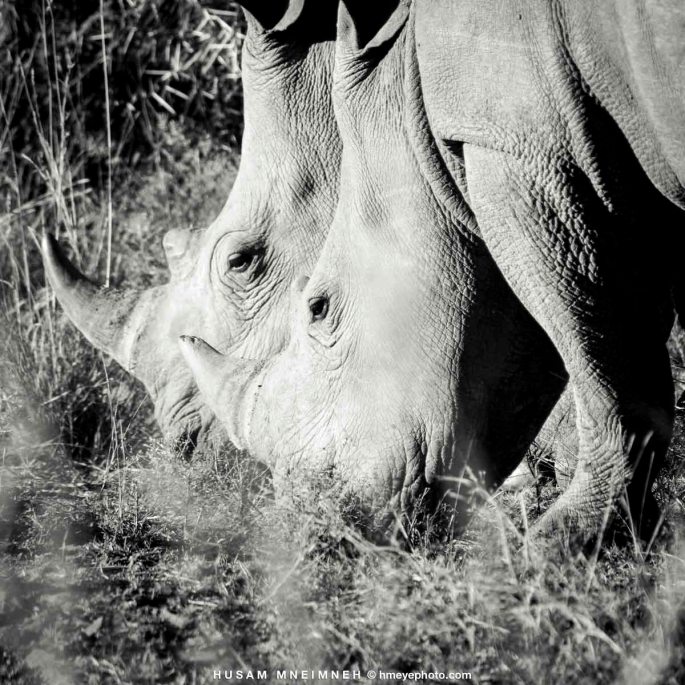




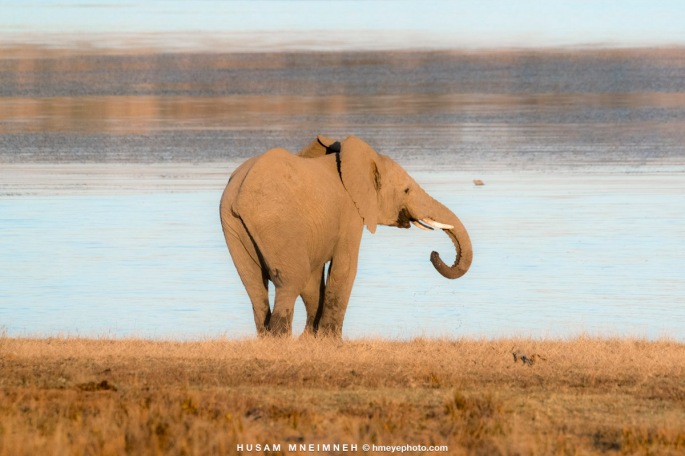
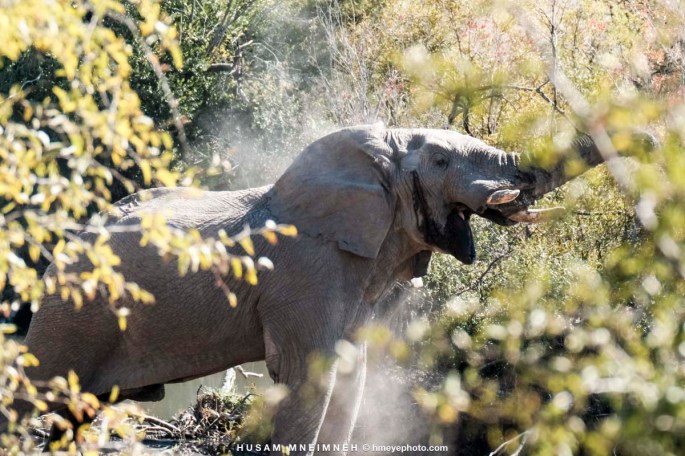
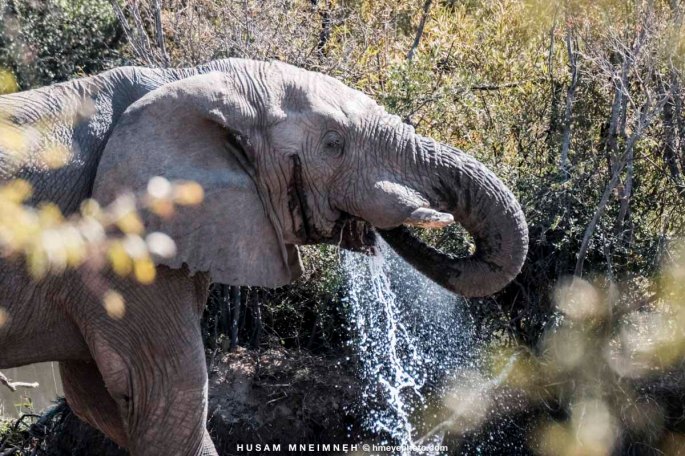
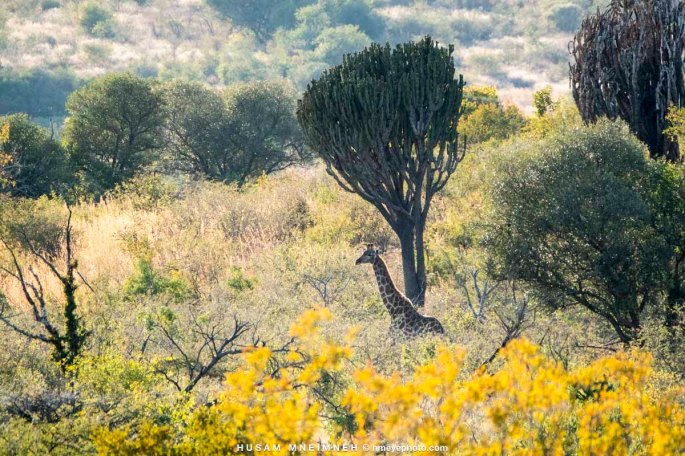

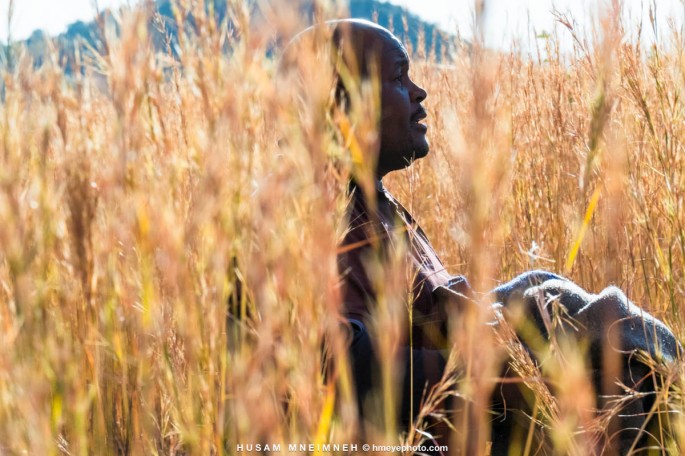

X-T2 or X-Pro 2 ?
Priced at 100$ less than the X-Pro2, and sharing almost the main components, answering this question is a bit tough: If you prefer the central EVF, and want a tillable screen, and if you shoot lots of action then the X-T2 is your pick. If on the other hand you prefer the rangefinder style experience, and want the HVF of the X-Pro2, and you are an old school guy, then the X-Pro2 is your pick.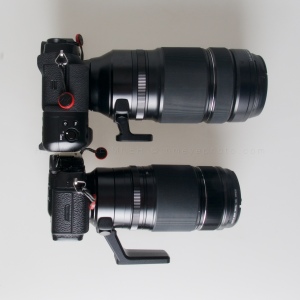
One thing I don’t understand: Which one of these 2 cameras Fujifilm considers their top of the line ? or does it really matter to know ? The very close pricing is a bit confusing for me. I heard lots of users saying that the X-T2 killed the X-Pro2 six months only after its launch. Well I don’t totally agree here, as I am a fan of the X-Pro line. I don’t know any other brand that has 2 similar cameras with very close price tag. For some maybe this is not important. They will pick the one that suits them best.
Can the X-T2 be a back up to the X-Pro2 or vice versa ? I would say YES. At one point I was shooting with both cams simultaneously : XF16-55/2.8 on X-Pro2 and 100-400 or 50-140 on X-T2. The one thing that annoyed me when using both is the ISO control Dial. Just give us the ISO dial in the same place in both cams and this will be one of the best mirrorless duo.
Conclusion
With the X-T2, Fujifilm hit the right spot to compete directly with DSLR in terms of performance. Most of the ergonomic drawbacks that annoyed me in the X-T1 were fixed. The 2 Axis tilt screen is one of a kind, very well made and very practical. The Tracking AF is really awesome. To sum it up, Fujifilm has now 2 top of the line mirrorless cameras: X-T2 and X-Pro2.
As a photography tool, the X-T2 is close to perfect. As a videography tool, Fujifilm still needs to improve in this field.
For an APS-C system, Fujifilm has a complete mature setup now with excellent lenses. The size and weight of X bodies and X lenses is just right: I’m using mostly the XF50-140/2.8WR on my X-Pro2 lately, haven’t touched my Nikkor 70-200/2.8 VRII since I got this awesome piece of glass.
For those who think that a cropped sensor is not good enough, I would like to remind them that an FF sensor is also considered as a cropped sensor compared to Medium Format. I really wish Fujifilm will follow Hasselblad X1D in producing a Medium Format mirrorless very soon, in order to better the advantages of an FF camera. By then, FF will be considered as a cropped sensor to MF !!!
A nice scenario would be to have a very capable APS-C system and a Medium Format system for the optimum Image Quality.
Finally I would like to thank Fujifilm Middle East for giving me this opportunity to participate in the Fujifilm X-T2 launch event in South Africa in July 2016. I would also like to thank Fujifilm South Africa for their warm reception and gracious hospitality. It was a pleasure to meet new known photographers in this trip. After having talked with some of them at length; We all agreed that Fujifilm has some of the best in the industry. It was indeed a memorable trip and encouraging experience.

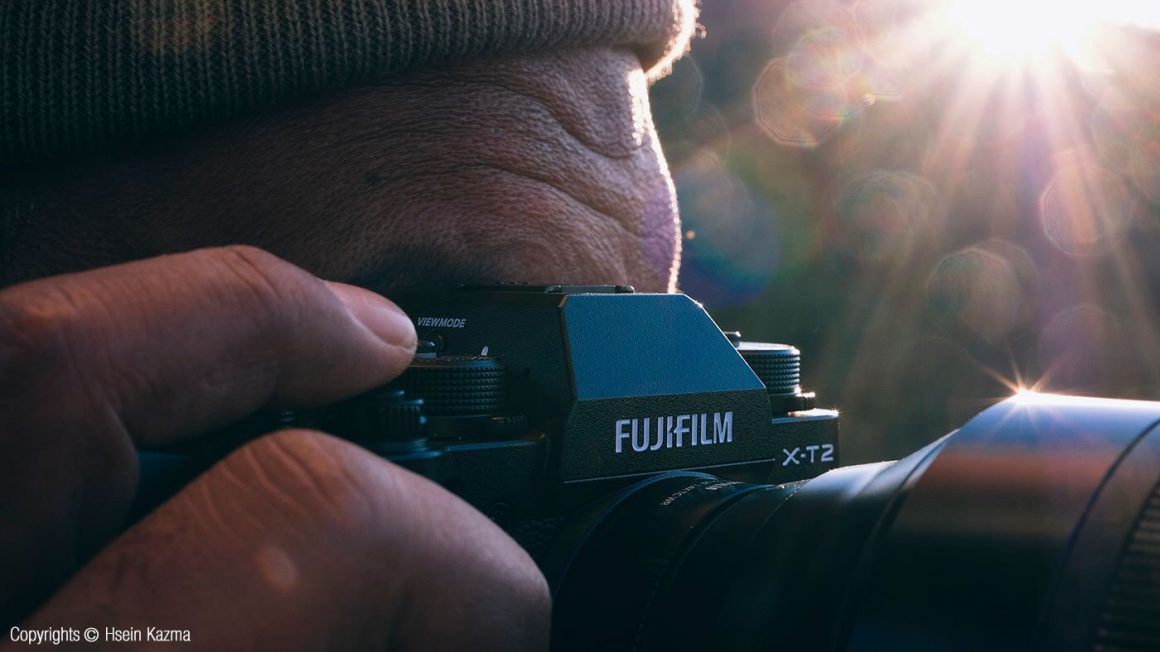























Under no circumstances do I want that gimmicky X-Pro2 ISO dial migrated to the X-T line–IMHO, of course. 🙂
LikeLike
“gimmicky” is actually quite old school. Check out the Minolta SRT series. I wonder why that bothers people?
LikeLike
Thank you for this article and for posting your photos to Flickr! I am headed to South Africa later this year and have pre-ordered the X-T2 for the trip. Regards, George, near Washington, DC, USA.
LikeLike